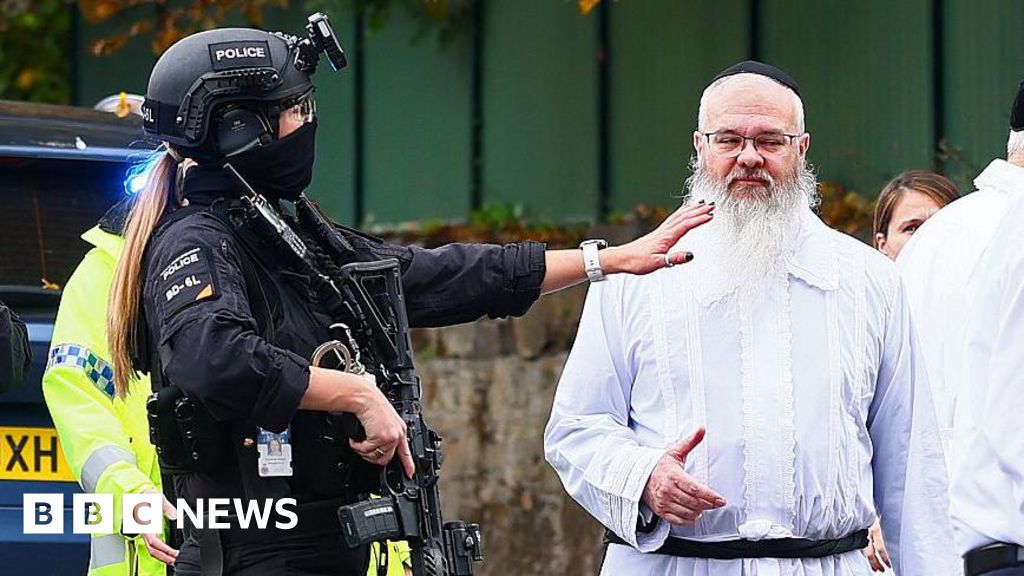Researchers at MIT have made a discovery that could lead to significantly faster-charging electric cars and devices.
The breakthrough relates to the fundamental reaction at the core of all lithium-ion batteries.
These batteries, which power everything from smartphones and laptops to electric vehicles, work by shuttling tiny particles called lithium ions in and out of solid electrodes, a process repeated thousands of times over a battery’s lifetime.
The speed of this reaction determines how quickly a battery charges and how much energy it can deliver.
Until now, engineers have largely relied on trial and error when trying to improve batteries. The common theory, based on a century-old equation, didn’t fully explain why different materials produced such inconsistent results.
MIT’s researchers, however, have shown that the reaction depends on something called “coupled ion-electron transfer”, whereby lithium ions only move efficiently into the electrode when accompanied by electrons at the same time.
“What we hope is enabled by this work is to get the reactions to be faster and more controlled, which can speed up charging and discharging,” said Martin Bazant, a professor of mathematics at MIT.
By measuring the reaction rates across more than 50 different materials, including those used in phones and electric cars, the team discovered that the traditional model significantly overestimated how quickly the process happened.
Their new theory not only matched real-world data but also revealed ways to speed the reaction up.
The researchers found that by tweaking the liquid electrolyte inside a battery – for example, by swapping out certain chemical components – it could dramatically improve charging speeds and reduce the wear and tear that shortens battery life.
Professor Bazant said the work could finally give manufacturers the “theoretical framework” needed to design batteries rationally, rather than relying on costly guesswork.
His colleague Professor Yang Shao-Horn said it would “unify” years of puzzling results into a single clear picture.
The research was published in the journal Science in a study, titled ‘Lithium-ion intercalation by coupled ion-electron transfer’.



